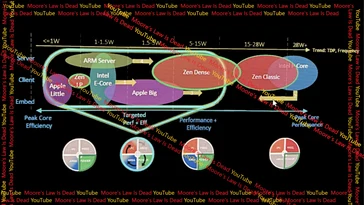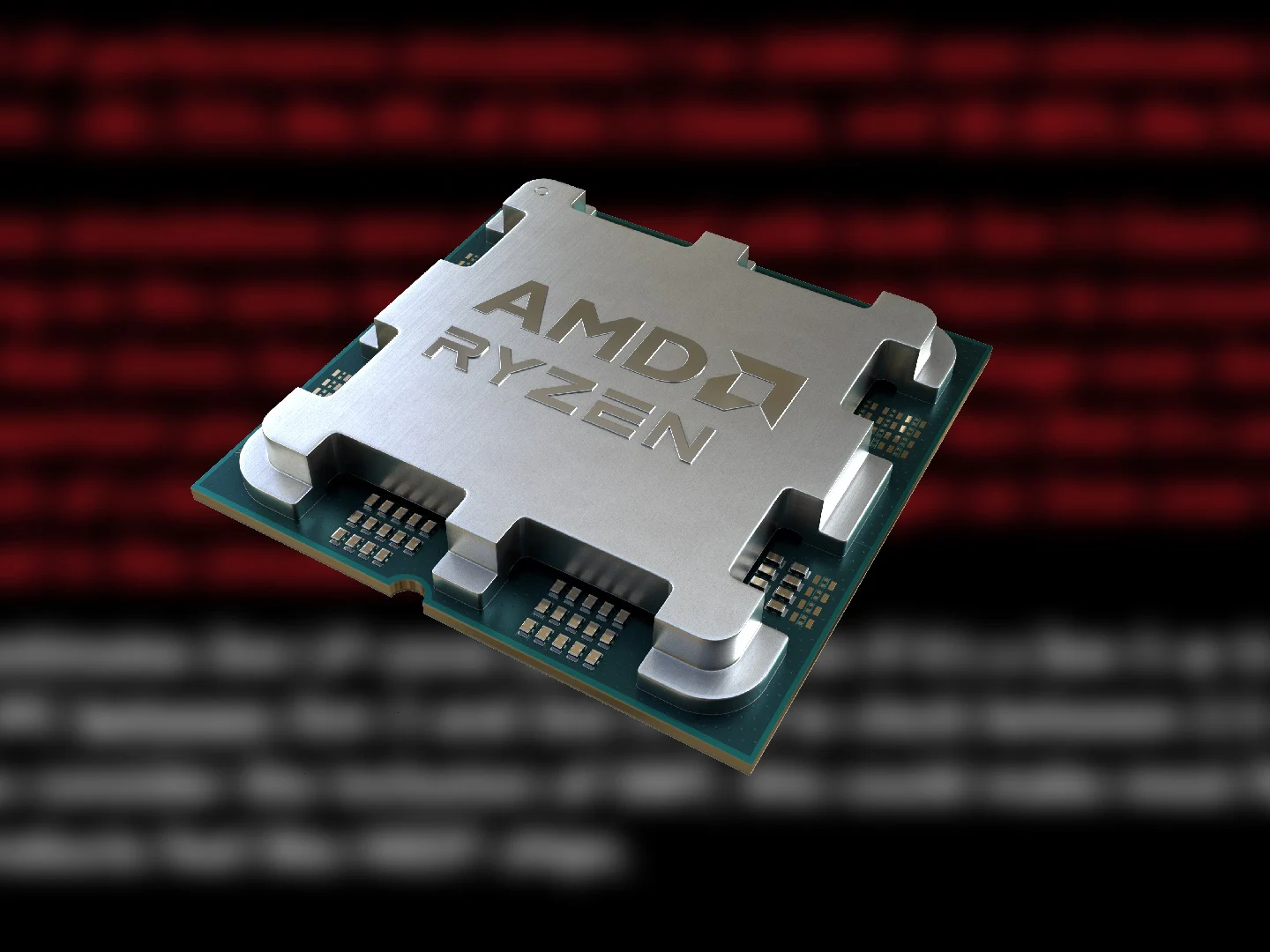Key Takeaways
1. AMD’s Zen 6 “Olympic Ridge” processors may feature a maximum core count of 24, utilizing new 12-core CCDs.
2. Each CCD will have an increased L3 cache of 48 MB and could reach clock speeds up to 6 GHz with TSMC’s N2X process.
3. The addition of two Zen 5 LP cores in the Olympic Ridge CPUs promises energy-efficient performance, achieving 65-75% IPC and 50-60% clock speeds compared to full Zen 5 cores.
4. Zen 5 LP cores are expected to have clock speeds between 2.5-3.5 GHz and consume 1 W or less, making them more efficient than Intel’s E-cores.
5. The launch of Zen 6 processors is anticipated in the second half of 2026, so current leaks should be viewed with skepticism.
It’s apparent to those keeping an eye on the latest Zen 6 leaks that AMD is gearing up for some major enhancements in their Zen 6 lineup. In particular, the “Olympic Ridge” desktop processors are rumored to see a maximum core count boost to 24, thanks to the introduction of 12-core CCDs. Additionally, there’s an increase in L3 cache, now totaling 48 MB for each CCD. The new Zen 6 CCDs will utilize TSMC’s advanced N2X process, which might enable the boost clock to hit a remarkable 6 GHz. The IOD chiplet is expected to use either the N3P or N6 process.
Noteworthy Changes
One intriguing detail that might be missed is the anticipated addition of two Zen 5 LP cores in the Olympic Ridge desktop CPUs. According to Moore’s Law Is Dead, these low-power cores are more than just a gimmick. The leak suggests that these Zen LP cores perform well while also being energy-efficient.
In conversations with Tom, a source from AMD indicated that the Zen 5 LP cores can achieve approximately 65-75% of the IPC and 50-60% of the clock speeds compared to the full Zen 5 “Classic” cores. These performance assessments were reportedly done using the 4 nm process. Therefore, if AMD opts for N3P for the IOD die, the performance of the Zen 5 LP cores in Olympic Ridge CPUs could vary.
Impressive Performance
Based on these findings, MLID predicts that Zen 5 LP cores could reach clock speeds between 2.5-3.5 GHz with an IPC that falls “between Zen 3 and Zen 4.” What’s even more remarkable is that achieving this level of performance demands minimal energy.
According to one of AMD’s internal presentations shared by MLID, the Zen LP cores are categorized as “Client” products aiming for “Peak Core Efficiency.” The presentation shows that each Zen 5 LP core consumes 1 W or less, making them more efficient than Intel’s E-cores.
In simpler terms, the Zen 5 LP cores not only provide solid performance to enhance multi-core tasks but also do so while being economical with power usage.
Caution Ahead
Even with these exciting updates, it’s crucial to remain cautious, as the Zen 6 processors won’t launch until the second half of 2026. Therefore, it’s wise to view MLID’s insights with some skepticism.
Source:
Link




Leave a Reply